 Facebook
Facebook
 X
X
 Instagram
Instagram
 TikTok
TikTok
 Youtube
Youtube
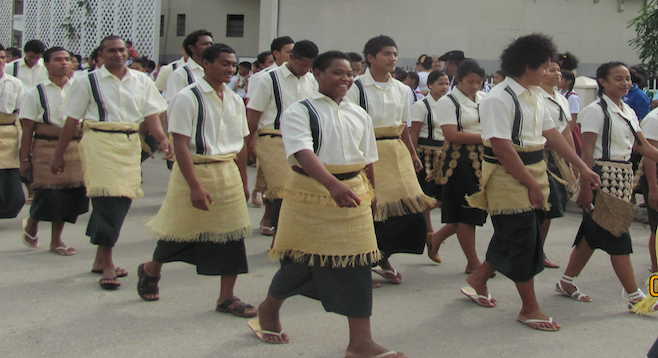
As I was being driven to my hotel by the hotel’s transfer service from Tongatapu’s international airport, the King of Tonga decided to provide me with a personal escort into Nuku’alofa, the capital city.
Ok, so maybe the King and his three-car caravan simply pulled out in front of us, but nothing better illustrates the small scale of Tonga than running into the King in your first 10 minutes on the island.
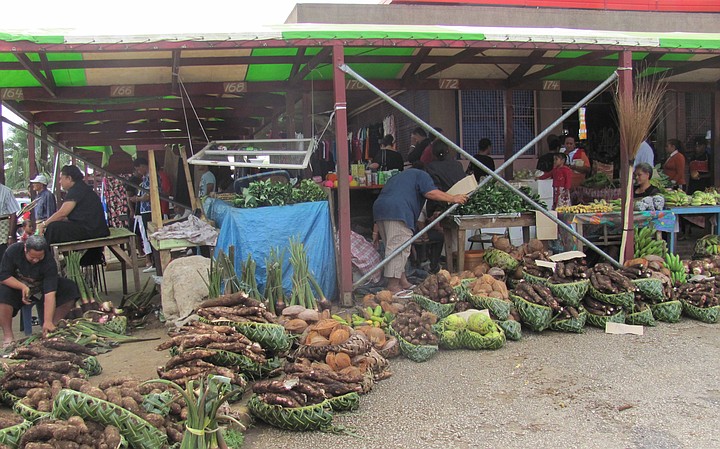
First of all: no, Tonga is not an African nation, although you can easily be excused for not knowing where it is. Tonga is a South Pacific island nation of 105,000 people spread out over 700,00 square kilometers of ocean – of which 691 square kilometers is land. The largest island is Tongatapu, which contains the capital city Nuku’alofa and two-thirds of the population of Tonga.
Despite its small size, Tonga has had a big role in Pacific history. In prehistoric times its warriors and chiefs were renowned throughout the South Pacific. During the historic age it is the one South Pacific island that successfully resisted European colonization. The current King of Tonga comes from a ruling line dating back to 1845, although the institute of the king on Tongatapu is much older.
History of the island
Tonga was first settled by the Lapita people around 1500 B.C. Somewhere around 400 A.D., these were supplanted by Polynesian settlers. From there little is known until the 12th century A.D.
By this time Tonga had established a maritime empire headed by kings whose influence was felt from Fiji to Samoa. However, around the time of first European contact, the political system in Tonga had devolved into a series of civil wars. This persisted until King George Tupou I, ancestor of the current king, finally established himself as undisputed leader of the islands of Tonga in 1845.

In 1900 Tonga avoided colonization by becoming a British protectorate, and it remains a commonwealth nation to this day. The King is a powerful figure in Tonga even today, though King George Tupou V, father of the current king, ceded the last vestiges of political power in 2010.
Archaeological sights
The ancient capital of Tonga was at Lapaha, east of the modern capital Nuku’alofa. Here in 28 burial mounds are the kings of Tonga from the 12th to the 17th century. The greatest of these is Paepae O’ Tele’a, a 17th-century three-tier pyramid built for the 29th Tui Tonga.
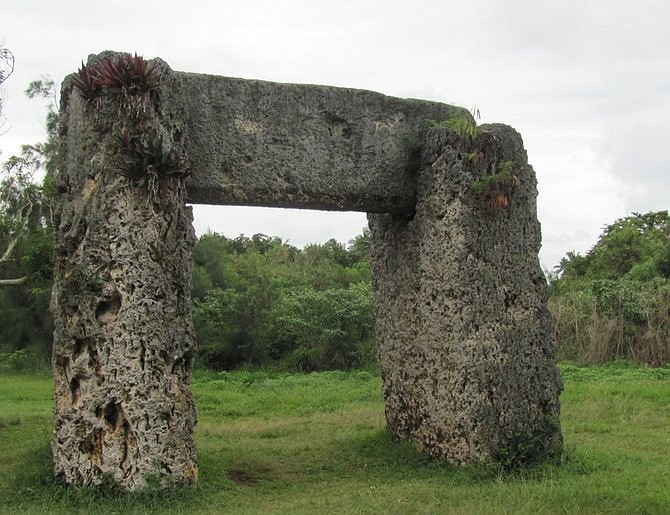
The most intriguing and famous of Tonga’s archaeological sights is the Ha’amonga ‘A Maui or the Trilithon, an arched gate made of three massive stones. It's known as the Stonehenge of the South Pacific. The exact purpose of the structure is unknown, but like Stonehenge the structure is said to be orientated to mark the summer and winter solstice. Legend has it that the stones were brought here from Wallis Island, approximately 500 kilometers north of Tongatapu, sometime in the 12th century.
Although this can’t be authenticated as there are similar local rocks, this sight and the royal tombs still speak of a society advanced well beyond other similar Polynesian societies elsewhere at the time.
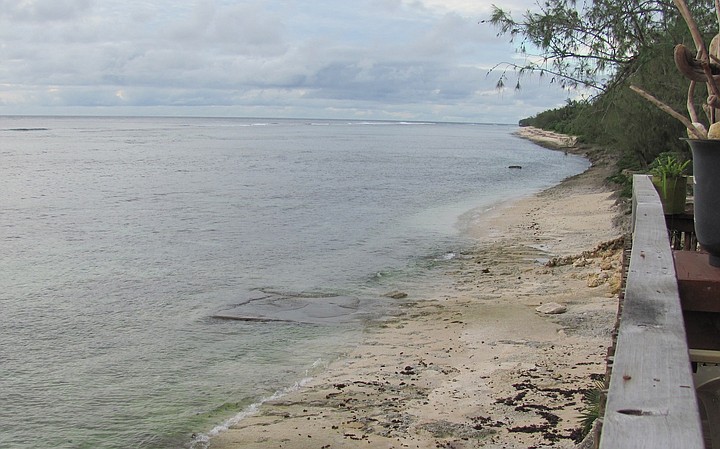
Natural sights
Being a flat coral atoll, Tongatapu does not have the scenic beauty of some of the more mountainous Pacific islands. However, what it lacks in this regard it makes up for in its authentic, simple lifestyle.
One of its major and most unique sights is Mapu a Vaea, a stretch of coast around a kilometer long consisting of black volcanic rock that creates literally hundreds of blowholes.
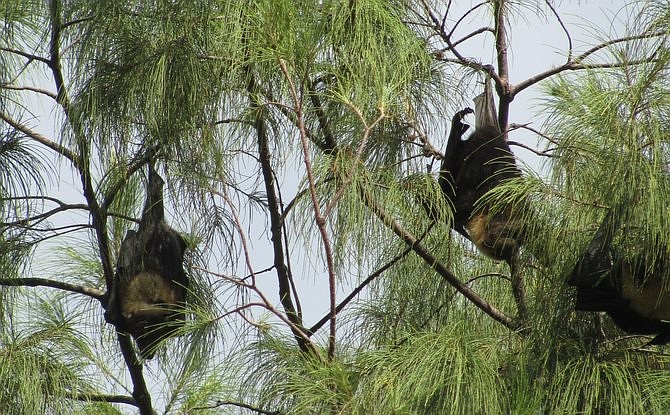
Tonga is also home to a large colony of the South Pacific’s largest indigenous mammals, the fruit bat. These bats are known locally as “flying foxes” due to their large size and can be seen among the trees in the western part of the island.
Bottom Line
If you’re looking for white sand beaches lined with mega-resorts catering to your every whim, Tonga is not the place for you. It’s relatively undeveloped, and it stubbornly maintains the Polynesian custom of refusing to adhere to any fixed schedule. As such, it can be a tough place to visit for those who expect to be pampered, constantly entertained or given an itinerary.
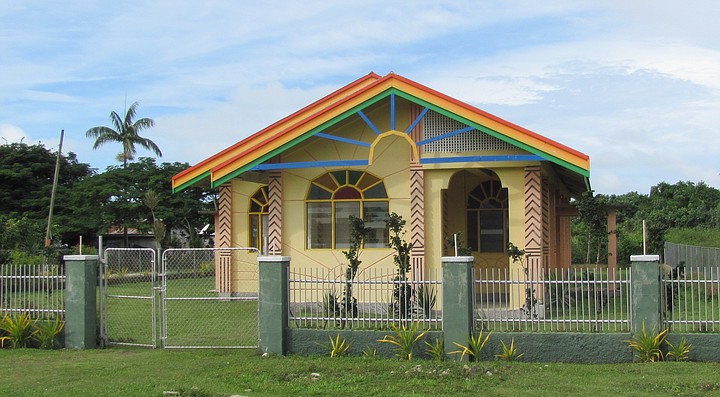
However, if instead of the Disney-fied version of Polynesia you see in places like Hawaii, you want authentic modern Polynesian culture on an island that time and most of the tourist loop has forgotten, then Tonga is the place for you. Just leave the schedule at home, bring your sense of adventure and watch your stress melt away.


As I was being driven to my hotel by the hotel’s transfer service from Tongatapu’s international airport, the King of Tonga decided to provide me with a personal escort into Nuku’alofa, the capital city.
Ok, so maybe the King and his three-car caravan simply pulled out in front of us, but nothing better illustrates the small scale of Tonga than running into the King in your first 10 minutes on the island.

First of all: no, Tonga is not an African nation, although you can easily be excused for not knowing where it is. Tonga is a South Pacific island nation of 105,000 people spread out over 700,00 square kilometers of ocean – of which 691 square kilometers is land. The largest island is Tongatapu, which contains the capital city Nuku’alofa and two-thirds of the population of Tonga.
Despite its small size, Tonga has had a big role in Pacific history. In prehistoric times its warriors and chiefs were renowned throughout the South Pacific. During the historic age it is the one South Pacific island that successfully resisted European colonization. The current King of Tonga comes from a ruling line dating back to 1845, although the institute of the king on Tongatapu is much older.
History of the island
Tonga was first settled by the Lapita people around 1500 B.C. Somewhere around 400 A.D., these were supplanted by Polynesian settlers. From there little is known until the 12th century A.D.
By this time Tonga had established a maritime empire headed by kings whose influence was felt from Fiji to Samoa. However, around the time of first European contact, the political system in Tonga had devolved into a series of civil wars. This persisted until King George Tupou I, ancestor of the current king, finally established himself as undisputed leader of the islands of Tonga in 1845.

In 1900 Tonga avoided colonization by becoming a British protectorate, and it remains a commonwealth nation to this day. The King is a powerful figure in Tonga even today, though King George Tupou V, father of the current king, ceded the last vestiges of political power in 2010.
Archaeological sights
The ancient capital of Tonga was at Lapaha, east of the modern capital Nuku’alofa. Here in 28 burial mounds are the kings of Tonga from the 12th to the 17th century. The greatest of these is Paepae O’ Tele’a, a 17th-century three-tier pyramid built for the 29th Tui Tonga.

The most intriguing and famous of Tonga’s archaeological sights is the Ha’amonga ‘A Maui or the Trilithon, an arched gate made of three massive stones. It's known as the Stonehenge of the South Pacific. The exact purpose of the structure is unknown, but like Stonehenge the structure is said to be orientated to mark the summer and winter solstice. Legend has it that the stones were brought here from Wallis Island, approximately 500 kilometers north of Tongatapu, sometime in the 12th century.
Although this can’t be authenticated as there are similar local rocks, this sight and the royal tombs still speak of a society advanced well beyond other similar Polynesian societies elsewhere at the time.

Natural sights
Being a flat coral atoll, Tongatapu does not have the scenic beauty of some of the more mountainous Pacific islands. However, what it lacks in this regard it makes up for in its authentic, simple lifestyle.
One of its major and most unique sights is Mapu a Vaea, a stretch of coast around a kilometer long consisting of black volcanic rock that creates literally hundreds of blowholes.

Tonga is also home to a large colony of the South Pacific’s largest indigenous mammals, the fruit bat. These bats are known locally as “flying foxes” due to their large size and can be seen among the trees in the western part of the island.
Bottom Line
If you’re looking for white sand beaches lined with mega-resorts catering to your every whim, Tonga is not the place for you. It’s relatively undeveloped, and it stubbornly maintains the Polynesian custom of refusing to adhere to any fixed schedule. As such, it can be a tough place to visit for those who expect to be pampered, constantly entertained or given an itinerary.

However, if instead of the Disney-fied version of Polynesia you see in places like Hawaii, you want authentic modern Polynesian culture on an island that time and most of the tourist loop has forgotten, then Tonga is the place for you. Just leave the schedule at home, bring your sense of adventure and watch your stress melt away.
Comments